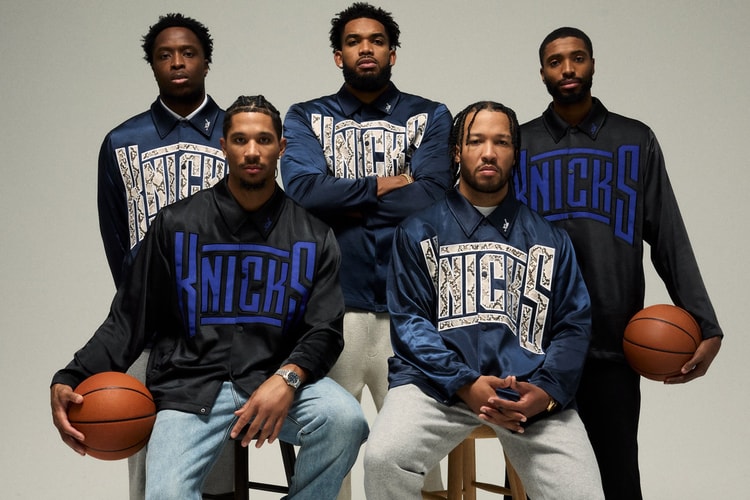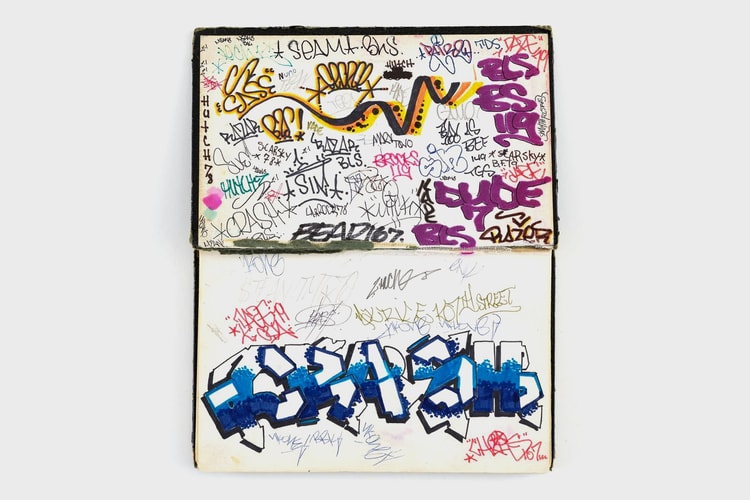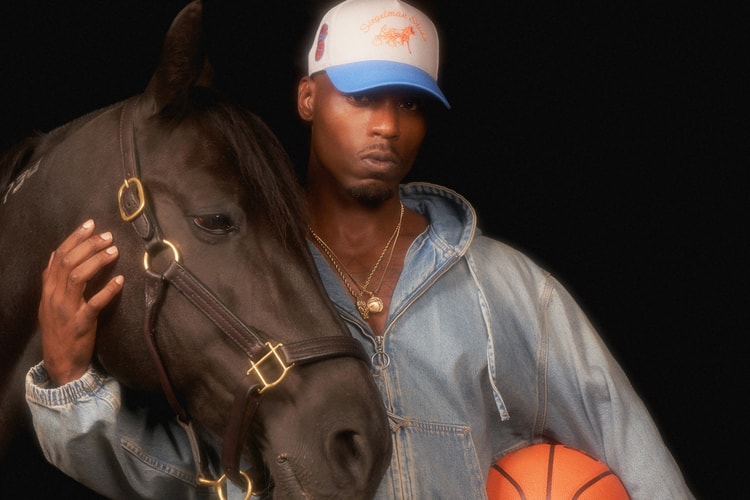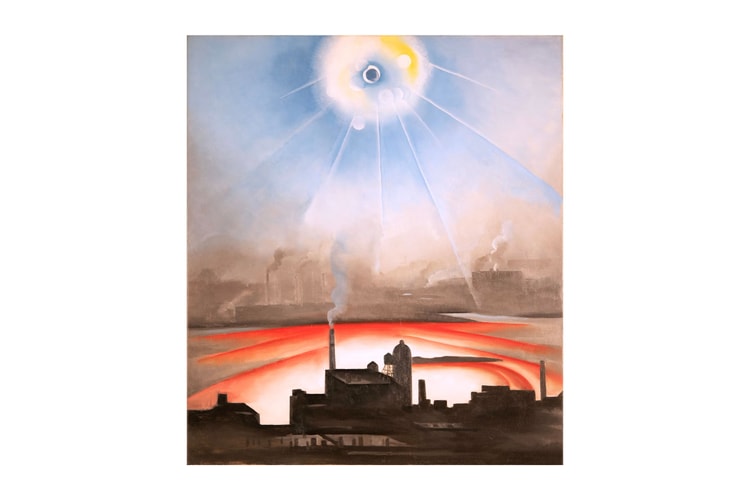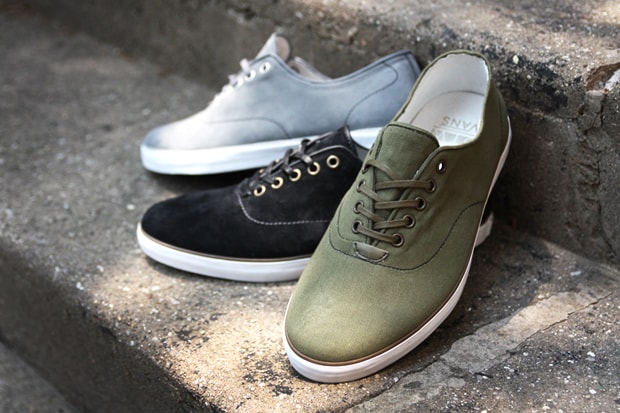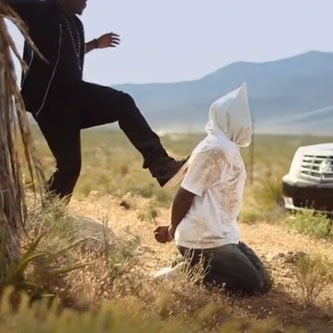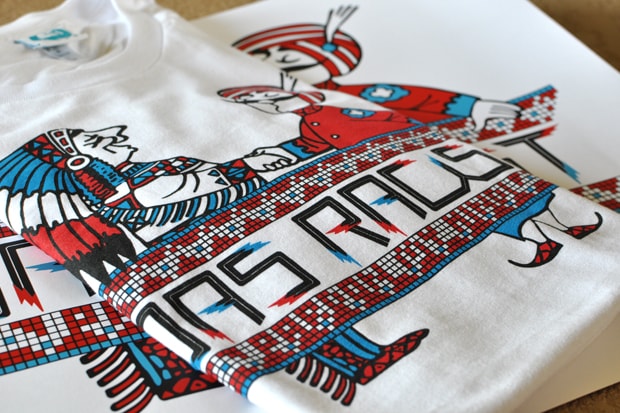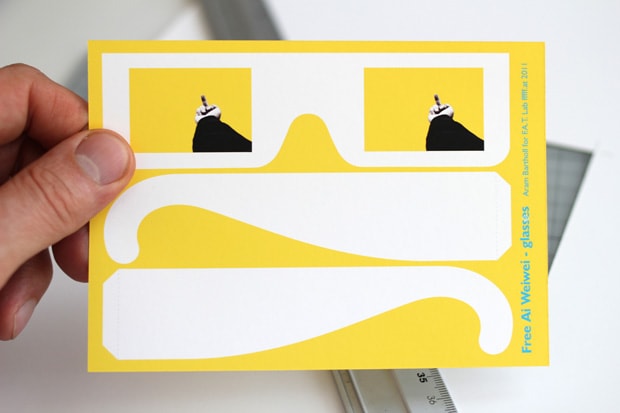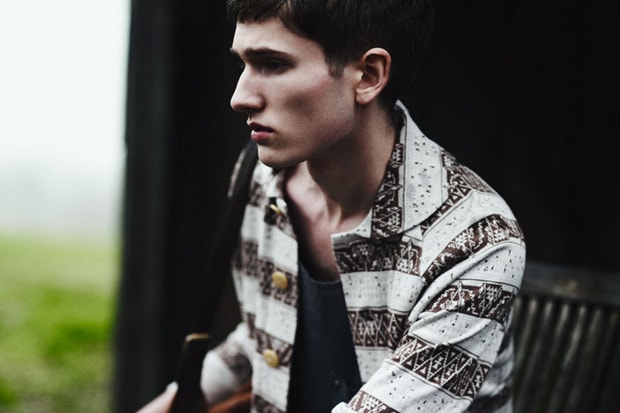The New York Times: "The KAWS Effect" Interview
The New York Times’ T Magazine recently caught up with Brian Donnelly, best known as KAWS, for

The New York Times‘ T Magazine recently caught up with Brian Donnelly, best known as KAWS, for an interview regarding his recent Companion move to The Standard New York as well as other details about his career as an artist and entrepreneur. Featured below are excerpts from the piece for your reading pleasure.
Where did your signature “X” come from?
Before I got into painting over ads, I was just working traditional graffiti. And that kind of led me into painting over billboards. So, in 1993, I was still doing letter stuff, but I just started incorporating it into ads. I’d stand there painting while cars went by.
How did you make the jump to go to the School of Visual Arts (SVA) and study illustration?
Ever since I was little, I wanted to be in the arts, I just never really saw it as a reality. So, when I got out of high school, I took a semester off just ’cause I didn’t know what the hell to do. And I figured I would go to SVA and when I got in there, that’s when I realized there’s always opportunities and I got superfocused. I feel like from entering school till now, it’s just been like ch-ch-ch, you know, just working.
What inspired you to go to Tokyo when you graduated from art school?
To be a ninja, like everyone else, of course. No I’m just kidding [laughs]. I just went to Tokyo ’cause, like, at the time, these guys Stash and Futura who were already working over there were super-embraced and, you know, I was always interested in Japan, it just seemed so far away and so different than New York. So, it was just a place I wanted to check out. There were some people making things in New York, but it wasn’t with the, I don’t know, same seriousness, I guess, as the kids who were making stuff in Japan. Like what Nigo was doing, you know, with A Bathing Ape. The attention he was giving to the product, to the store — it was just trumping everybody, worldwide. There was no one that was making stuff for that market, in that way. When I went the first time, I was like “I need to be working here with these guys.” And then slowly, it kind of bounced back to the U.S. When I was going there in the beginning I had friends that were like, “Why do you waste so much energy toward Japan?” And I just always thought, Well that’s where like the creative kids are. And that’s where I went.
Is that how you came to make products and toys?
The toy thing was just a coincidence. I’ve always loved editions, I’ve always loved the pop artists like [Claes] Oldenburg and [Tom] Wesselmann and what they were doing with Gemini — making silk-screen editions, which I was also interested in. But then they would do these objects as editions and then there were sculptures. I always saw making sculptures as so unobtainable, like you need patrons. So when the idea of making a toy came up, it was like the only way I could see my work three-dimensionally. So instead of making this monumental 10-foot thing at the time, I made a thousand 8-inch things. But it was with the same sort of attention given and the same quality control. The sculptures I’m trying to make now, I want them to feel and look like the toys that I was making.
And what about graffiti? Do you still tag?
No, I haven’t tagged in like 10 years. For me it is something I enjoy seeing. I have friends that are involved, I just, you know, my interests have changed. I just enjoy other things at the moment. There are people who only know the toys I make. There are people who only know the graf I did. And, you know, I’m probably reaching new people that are only familiar ’cause they go to the galleries. Or maybe they just know the clothing and don’t know, you know, that I happen to paint. … So it really just depends on the entry point. I prefer to not compartmentalize myself.
The interview in its entirety is available here.
Photography: HYPEBEAST



